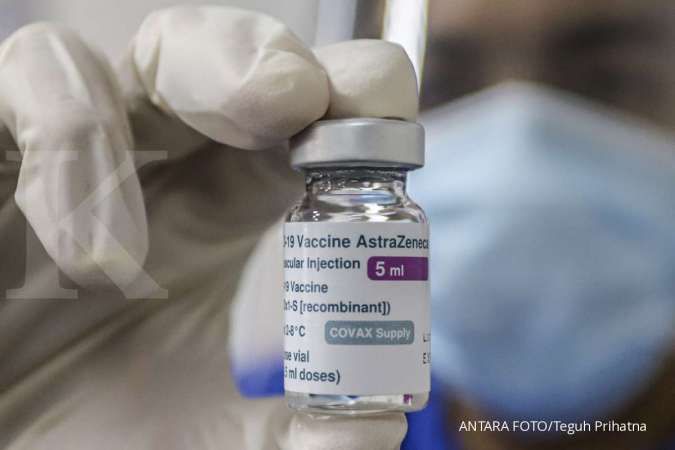APPLE - BEIJING. Apple's iPhone sales in China fell 24% year-on-year in the first six weeks of 2024, according to research firm Counterpoint, as the U.S. company faced increased competition from domestic rivals such as Huawei.
The U.S. tech giant's chief competitor in China in premium smartphones, Huawei, saw unit sales rise by 64% in the period, according to the report.
This could fan fears of a slowdown in demand for the U.S. company, whose revenue forecast for the current quarter was $6 billion below Wall Street expectations.
Shares of the iPhone maker closed 2.8% lower on Tuesday and have lost about 12% of their value so far this year, underperforming their big tech peers in the United States.
Counterpoint's report said Apple's share of the Chinese smartphone market dropped to 15.7%, putting it in fourth place, compared with second place in the year-ago period when it had 19% market share.
Read Also: US STOCKS - Tech-heavy Nasdaq Leads Wall Street Lower as Megacaps, Chips Slide
Huawei rose to second place as its market share expanded to 16.5% from 9.4% a year earlier. The overall smartphone market in China shrank 7%, the report said.
Apple "faced stiff competition at the high end from a resurgent Huawei while getting squeezed in the middle on aggressive pricing from the likes of OPPO, Vivo and Xiaomi," Counterpoint's senior analyst Mengmeng Zhang said.
Apple began subsidizing certain iPhone models by as much as 1,300 yuan ($180.68) last week through flagship stores on Tmall, Alibaba's major marketplace platform.
It had already offered iPhone discounts of up to 500 yuan on its official sites last month.
Huawei has seen a resurgence in its premium smartphone sales since it released its Mate 60 series in August after struggling for years with U.S. curbs on the exports of key components to the company.
Honor, the smartphone brand spun off from Huawei in 2020, was the only other top-five brand to see unit sales increase during the first six weeks of the year, up 2%. Chinese brands Vivo, Xiaomi and Oppo dropped 15%, 7% and 29%, respectively.
/2020/08/12/2046777750p.jpg)















